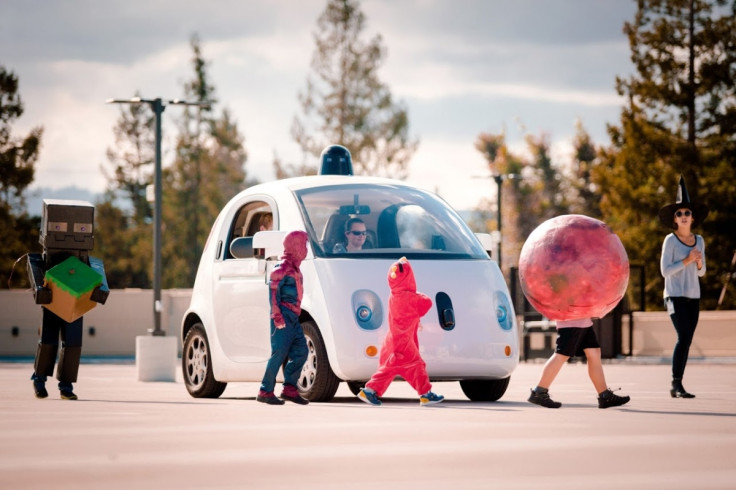Google cars earn a breakthrough from US regulator

In a landmark move, a federal authority in the US has agreed to consider Google's autonomous car itself as its driver, perhaps making it easier for Google to eventually take its self-driven cars to market.
The National Highway Traffic Safety Administration (NHTSA), an agency of the transportation department of the US government, has accepted it is meaningless to use the term driver for Google's software-driven vehicles since there is no human driver. Therefore, the reference to a driver in the Federal Motor Vehicle Safety Standards (FMVSS) certificate is inapplicable in this case, it said.
"NHTSA will interpret 'driver' in the context of Google's described motor vehicle design as referring to the [self-driving system], and not to any of the vehicle occupants," the regulator said. "We agree with Google its SDV (self-driven vehicle) will not have a driver in the traditional sense that vehicles have had drivers during the last more than one hundred years."
The internet giant uses software and artificial intelligence to steer the cars on the road. But it was facing issues getting a road safety clearance certificate from the department because it required provisions of a driver seat, gear and brakes control, vehicular hazard warning signal operating unit, turn signals, rear view image and more. In November 2015, Chris Urmson, director of Google's Self-Driving Car Project wrote to the department asking for amendments in safety standards in a car.
With the FMVSS clearance, Google would be able to work with the auto manufacturer and launch the car for commercial use. However, there are a few loose ends that need fixing before Google gets the clearance certificate from the department. These include an alert system for the other occupants of the car to flash hazard warning signals, steering wheel, braking pedal, and rear visibility devices.
Google is "still evaluating" NHTSA's response, a company spokesperson told Reuters.
This is a positive move for the company that has been testing driverless cars for over six months now. Last week, it extended the car tests from California where it is headquartered, to other cities like Austin, Texas and Kirkland, Washington.
© Copyright IBTimes 2025. All rights reserved.





















